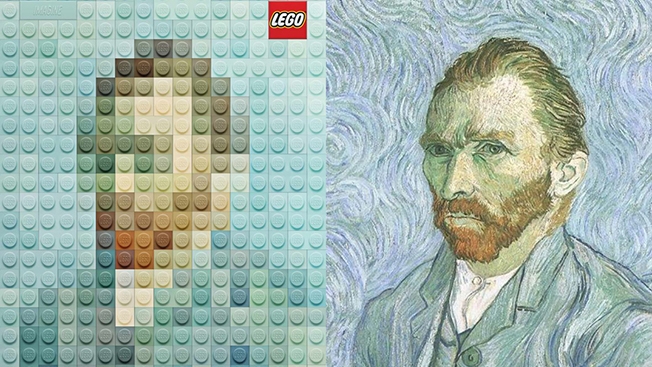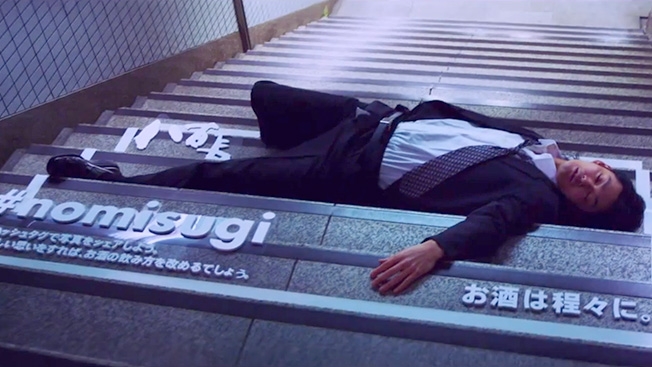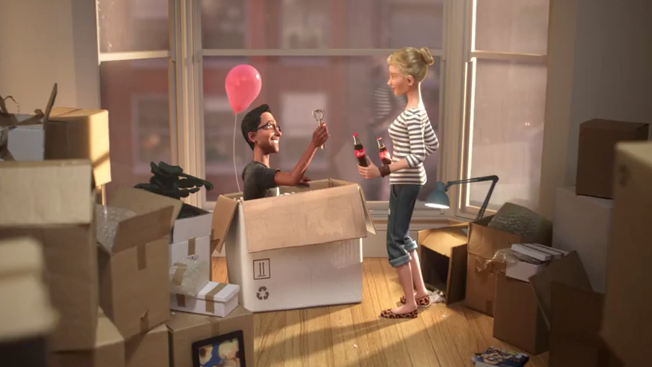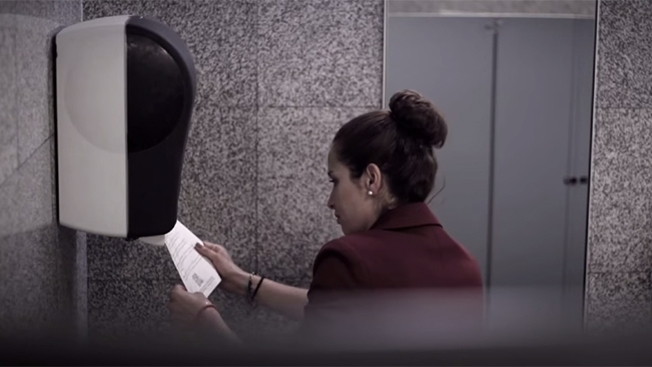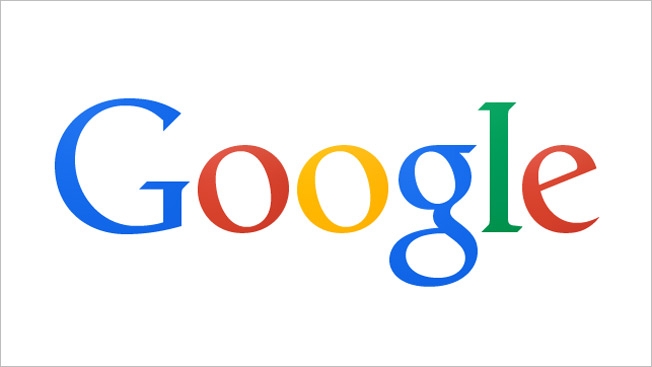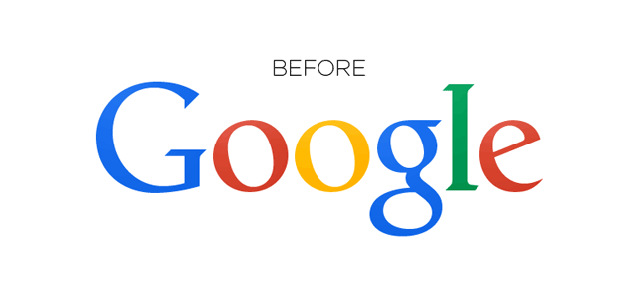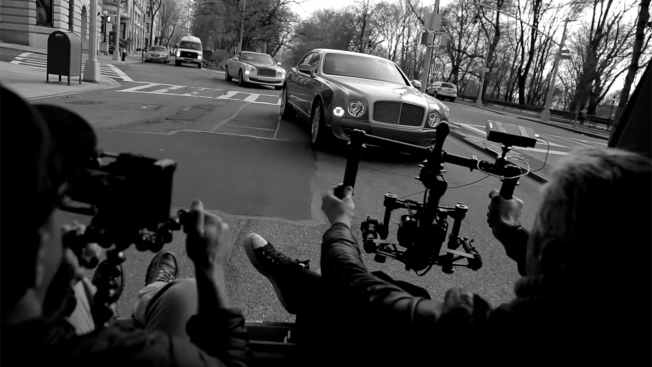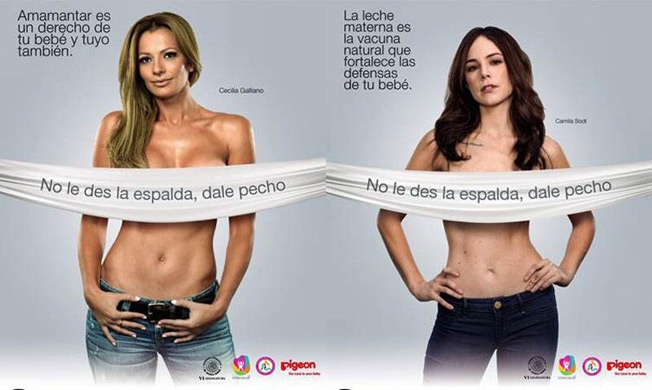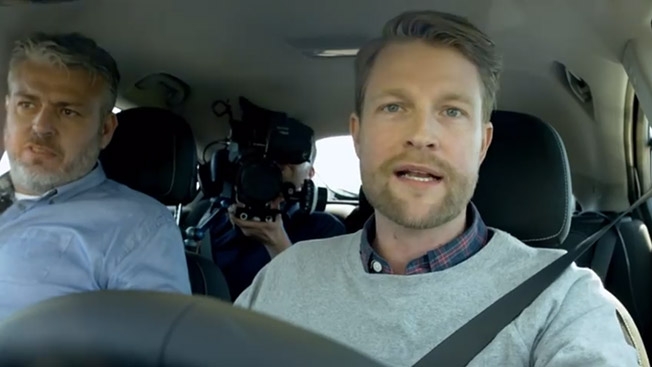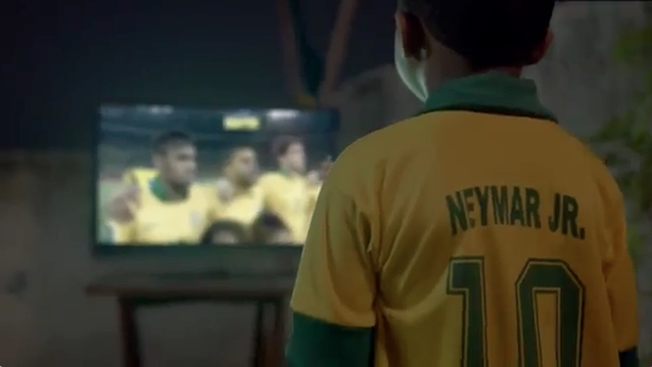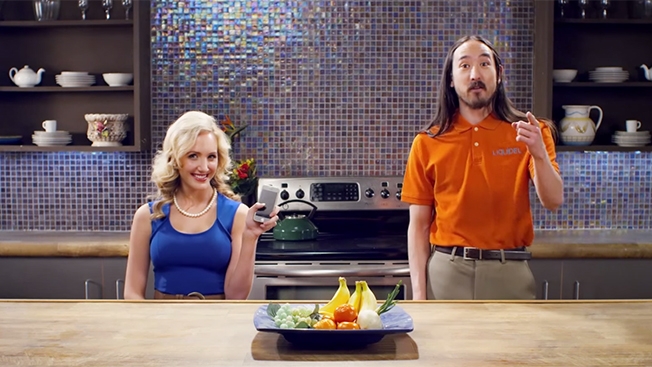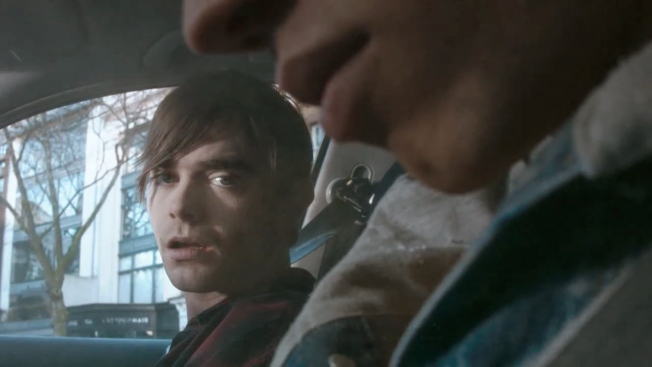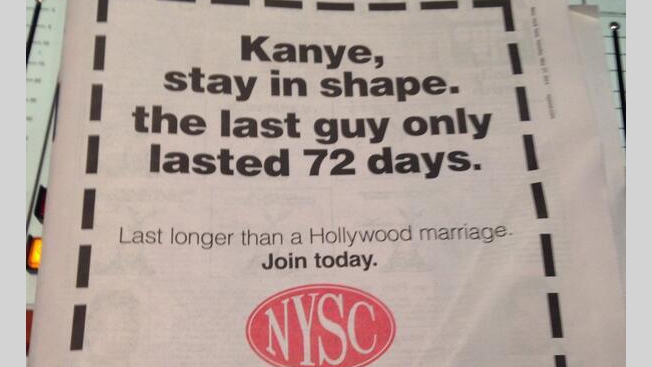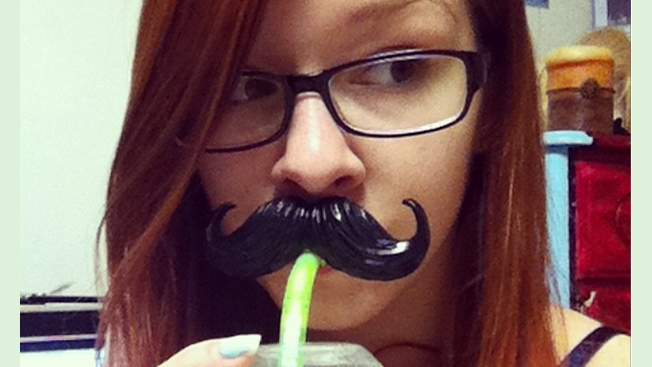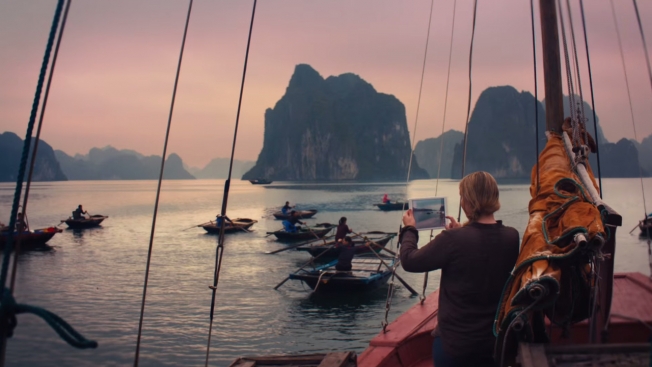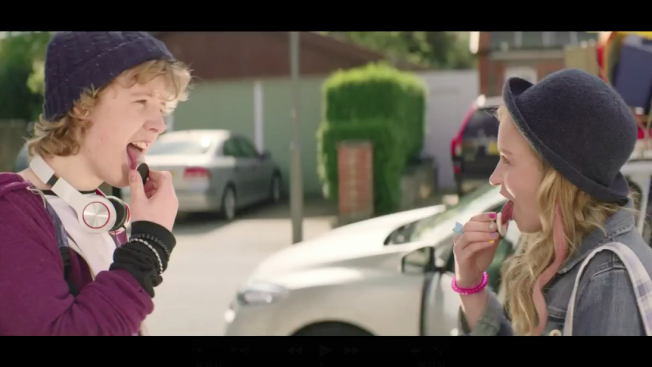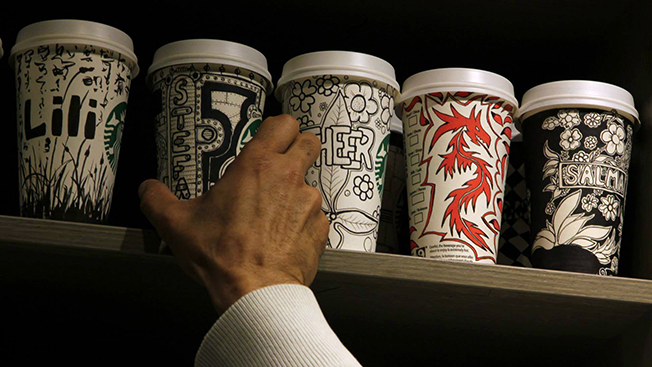Q&A: How a Reality TV Show Pranked America With Fake Celebrity Divorce Ads
Posted in: Uncategorized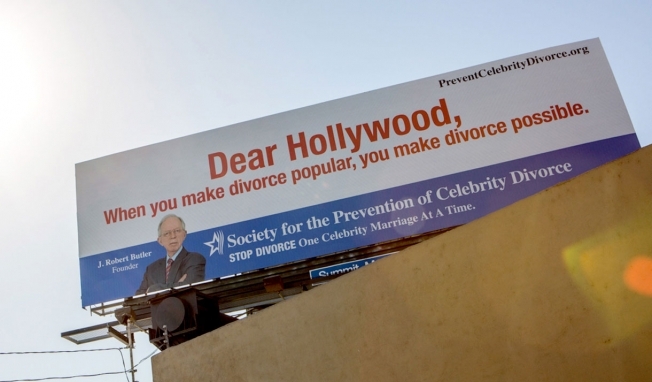
We’ve been had. It turns out that one man’s heroic billboard crusade to prevent celebrity divorce was actually a hoax by WEtv to advertise its new show Marriage Boot Camp: Reality Stars.
We caught up with WEtv President Marc Juris to find out how he hit the zeitgeist and tricked media outlets across the nation:

AdFreak: Is there a real J. Robert Butler?
Mark Juris: You’re speaking to him. No, he’s a fictional character we invented, played by a real actor.
Whom you made up a whole backstory for about his daughter’s divorce…
Because the most important thing you have to remember, is that the audience in incredibly smart. We created a whole character, a persona, and a motivation. Thought about why he would do this, what he expected would be the response. I think the inclination is to have him say some outrageous stuff, and we pulled all that back and had him be more realistic.
How did you hatch the hoax?
We went through a couple of ideas. We thought, “Could we make these billboards poking fun at celebrity couples who had divorced?” But it just felt too much like an overt ad campaign. And that’s the problem with overt campaigns; people just drive by them and just keep going. So we thought, “How can we really do this?” What if we made an organization that seemed ridiculous, but could be real and serious?
It seemed real and serious. You fooled us. Did you get anyone else behind the movement?
We had quite a few requests for interviews from some major broadcasters and some broadcasters who were upset because we weren’t getting back to them. Some got lightly pushy, saying things like, “We’re going to go to press without your comments.” But it got a lot of pickups because it was thought provoking. What it was saying kinda made sense, and by the end it was even making sense to me.
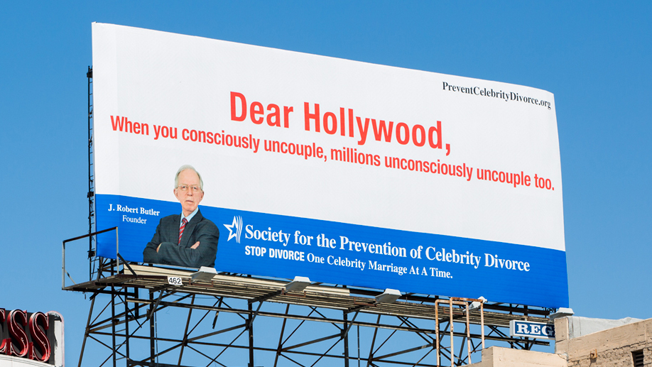
I think you could have actually started a movement.
I think you might be right. Some of those lines really resonated because marriage isn’t a sponsorship opportunity. I think the general population is a little sick of it. The Kim and Kanye wedding happened recently, and we weren’t invited, but when you see this sort of thing where everything is sponsored, all the brands there, and people are tired of it. The best messaging is what really resonates with people. People are getting smarter and smarter, and they don’t want to be played. I mean, when you see something like “consciously uncoupled,” it really seems like they [Gwyneth Paltrow and Chris Martin] went to the same company that comes up with things like “Obamacare” to come up with the name!
The new banner across the signs says “help stop celebrity divorce,” and suggests tuning in for Marriage Boot Camp: Reality Stars. Do you think a show like this will really help prevent celebrity divorce?
No, I don’t think so. At this point we’re having a little fun. But we wanted to make people think and link it to our show in a more meaningful way.
Well you got lots of people talking. Who was covering it?
There was a lot of online blog coverage. We had a very long piece on KPLA, we had an entire segment on Fox news referencing the billboards and talking about celebrity divorce. We really had great coverage with just five billboards and a couple of buses. I love outdoor advertising because it really stands alone, and if it’s great you really see it. Outdoor can be really successful and very cost efficient. I also think you have to do city specific advertising when it’s appropriate.
It was definitely appropriate here.
Yeah, there’s really nowhere other than Hollywood you could have put those banners. But we also had banners running up and down Jersey Shore this weekend letting everyone know JWoww was going to be at the Jersey Shore this weekend, because she was at Marriage Boot Camp. And that got a lot of Twitter activity.
That’s great. Tell me a little about the design. How did you make it look so believable? Even the actor you chose…
I was very careful not to make it look like an ad campaign. It’s easy to go there, I really like to step back and be the cynical self that I am, and say, “Would I buy that that’s an ad campaign?” I will tell you this: We shot a video message from him, but I felt it didn’t ring true enough, so we didn’t use it. Because believability is key, and you can’t fall in love with your own stuff. I saw him on camera and I said, “I’m not buying it from him.” You would have to be De Niro to sell this stuff! You’d need an actor of that caliber to pull it off. I’d rather pull back in an effort to make it feel more real than to put it up.
And the design?
It was consciously done to make it seem like someone like him would think it was a good billboard, American values, low-fi. We placed him from Utah in our own heads. What would a guy from Utah who was a used car dealer use as his billboards? Right down to the logo, that’s the sort of logo he’d like. We knew we needed a website where he could say his piece. We even went so far to Google J. Robert Butler to see who would come up. You see, we did all our homework because we knew you’d be doing that.
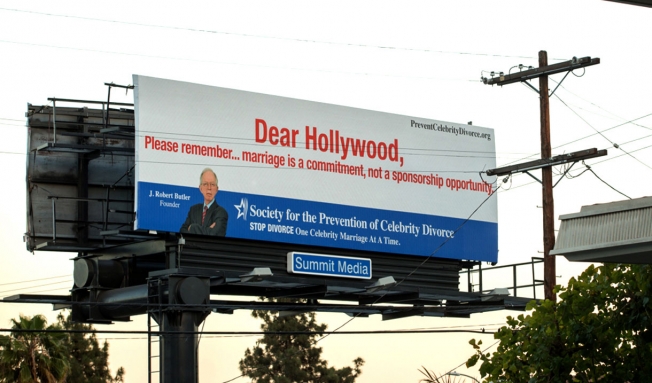
Yeah, we looked through the site, and usually people don’t bother to hide the truth. The moment you get to the website the real advertiser is like, “Surprise! It was us all along!” And claims credit for the campaign.
That’s right. That was everyone’s inclination, but I didn’t want to do that. Because to be believable it simply can’t be connected to anything—no immediate messaging. You really have to be patient. I learned that from the Jimmy Kimmel twerking video, because that was, what? Two months they sat on their hands. I know our PR team was going crazy wanting to tell everyone about it. But you have to wait because that’s when things start to feel real—when you feel like there’s no ad message that’s behind it.
That’s a great point. Was there anything else surprising about the campaign besides the actual surprise at the end?
Well, J. Robert Butler, the actual actor we used, has been married four times. So that’s more than a little ironic. I’m wondering if he heard from any of his ex-wives about his billboard campaign.
Marriage Boot Camp: Reality Stars premieres tonight at 9/8 Central on WEtv.
![]()

